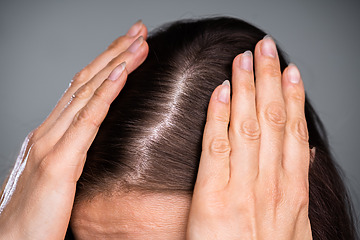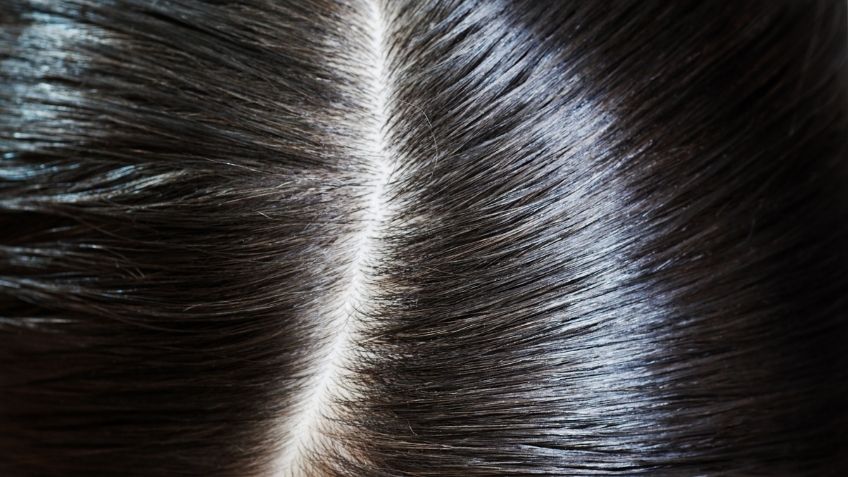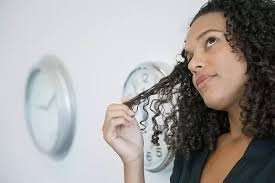Hair fall can be alarming—but you’re not alone. Whether it’s a few extra strands on your pillow or a noticeable thinning around your part, hair loss affects millions of people (yes, women and men). The good news? Most causes of hair fall are treatable once you identify the root of the problem.
Let’s break down the top 7 causes of hair fall and how you can start reclaiming your healthy, happy hair.
1. 🧬 Genetics (Androgenetic Alopecia)
Hair loss that runs in the family is the most common cause.
🧠 This type of hair fall happens gradually and is often seen as thinning at the crown or receding hairline.

What you can do:
- Consult a dermatologist for treatments like minoxidil.
- Try laser therapy or microneedling.
- Use thickening shampoos and avoid harsh styling.
2. 😰 Stress & Hormonal Imbalance

Emotional stress, trauma, or physical changes (like pregnancy, menopause, or thyroid issues) can trigger shedding.
This is called telogen effluvium, where more hairs than usual enter the “resting phase” and fall out.
What you can do:
- Prioritize sleep, mindfulness, and relaxation techniques.
- Talk to a doctor about hormone testing.
- Support with a nutrient-rich diet and adaptogens like ashwagandha.
3. 🥗 Poor Nutrition
Hair is made of protein, and it needs nutrients like iron, biotin, zinc, and omega-3s to grow. If your diet is lacking, your hair might suffer.

What you can do:
- Eat protein-rich foods like eggs, beans, lentils, and fish.
- Supplement with biotin or a hair-focused multivitamin (after checking with a doctor).
- Stay hydrated!
4. 💊 Medications & Medical Conditions
Certain drugs (like those for depression, blood pressure, or chemotherapy) can lead to temporary or long-term hair fall.

What you can do:
- Consult your doctor—never stop meds on your own.
- Ask about hair-friendly alternatives or add-ons.
- Focus on scalp care and gentle hair routines.
5. 💇♀️ Over-Styling & Harsh Hair Treatments
Heat tools, chemical dyes, tight hairstyles (like ponytails or braids), and frequent bleaching can weaken hair and cause breakage or fall.

What you can do:
- Limit heat styling and chemical treatments.
- Choose silk scrunchies and loose styles.
- Use sulfate-free shampoos and deep conditioners weekly.
6. 🦠 Scalp Conditions (Like Dandruff or Fungal Infections)
An unhealthy scalp is often a hidden cause of hair loss. Conditions like seborrheic dermatitis, psoriasis, or fungal infections can cause inflammation and shedding.

What you can do:
- Use medicated shampoos with ketoconazole, salicylic acid, or zinc.
- Exfoliate the scalp weekly.
- Consult a dermatologist if symptoms persist.
7. 🕒 Aging & Natural Hair Cycle
Hair naturally thins as we age, especially after 40. Hair strands become finer, and growth slows down.

What you can do:
- Be gentle with your hair—minimize brushing and pulling.
- Focus on scalp massage and blood circulation.
- Add collagen and protein to your diet.
✅ When to See a Doctor
If you’re noticing bald patches, sudden clumps falling out, or thinning that won’t stop—it’s best to seek professional help. A dermatologist can run tests, diagnose the issue, and recommend personalized treatment.
💬 Final Thoughts
Hair fall can feel frustrating, but it’s often a symptom, not the root problem. By identifying the cause and nurturing your scalp and body, you can turn things around. Hair growth takes time, so be patient—and kind to yourself.
